Mierystock Tunnel
Mierystock Tunnel
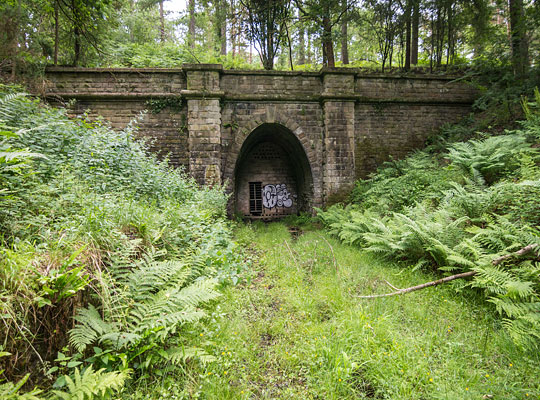
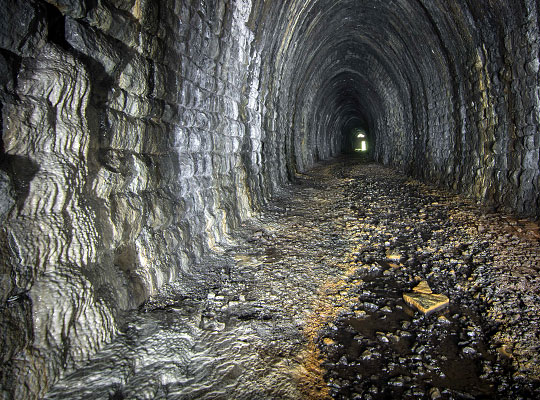
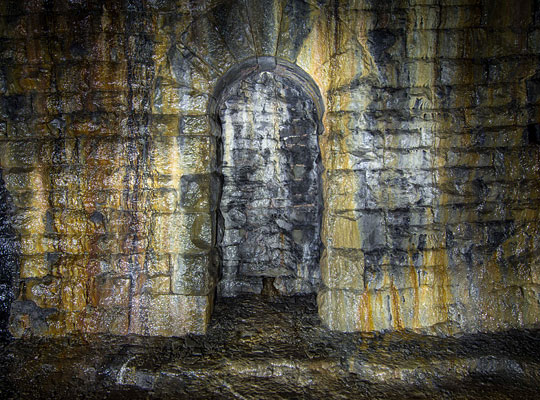
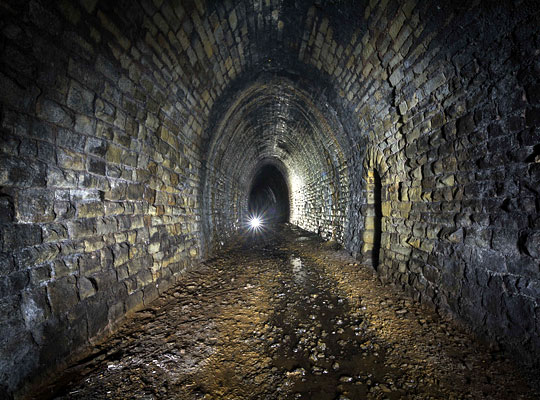
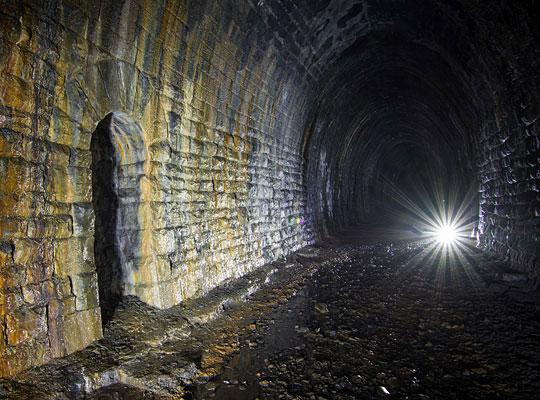
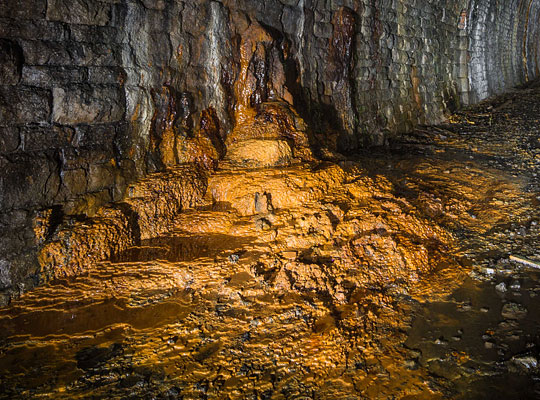
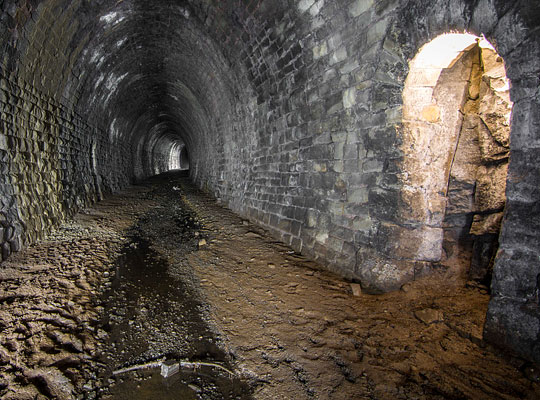
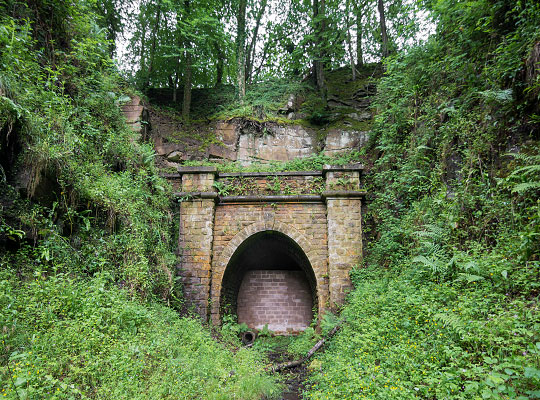
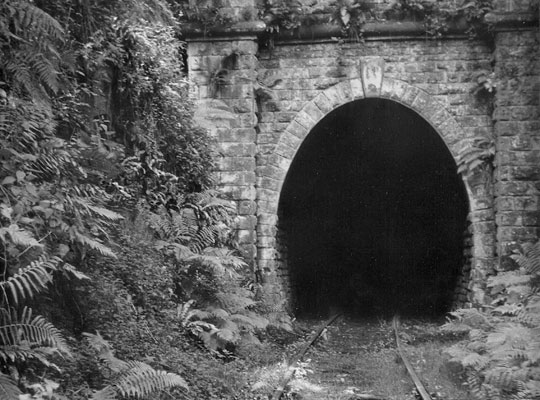
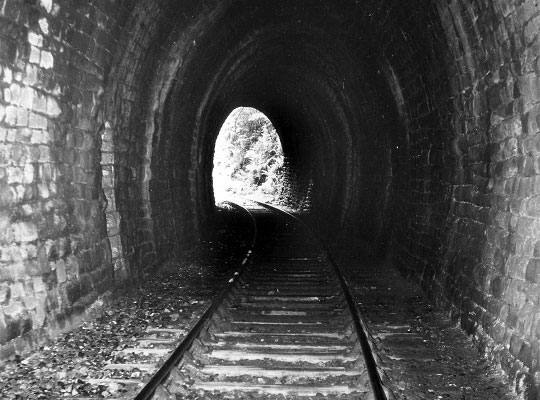
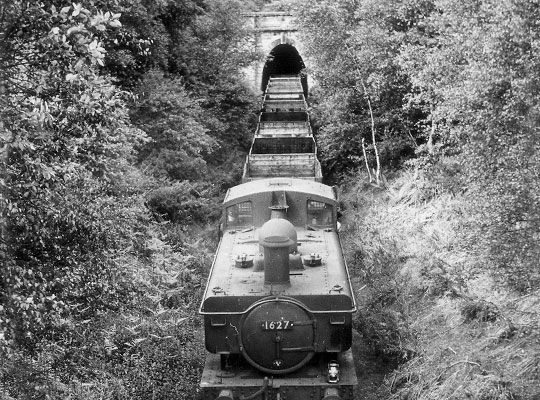
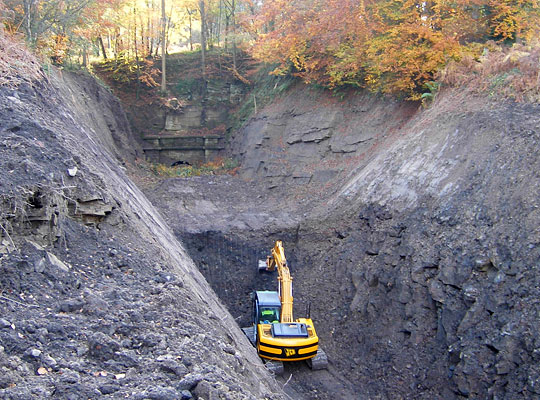
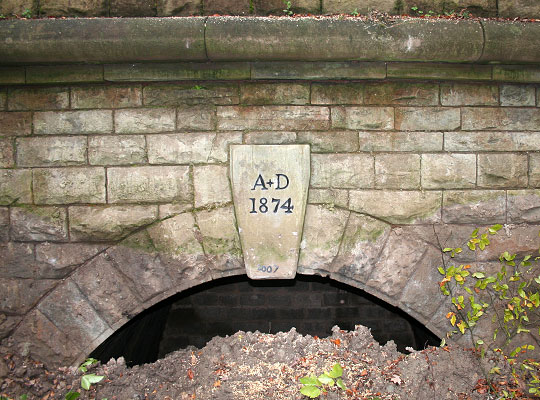













The seeds of the Severn & Wye Railway (S&WR) were planted in 1810 when a tramway opened through the Forest of Dean, connecting mineral workings at Parkend to a harbour at Lydney. The line was extended and a second one built as the industry grew; they were also converted for locomotive use – firstly into a broad gauge railway, then to standard gauge.
South Wales’ iron works had a voracious appetite, placing considerable demands on the Forest’s mineral wealth. The S&WR thus conceived the Lydbrook branch to establish a more direct route to plants at Ebbw Vale and Dowlais via the Ross & Monmouth Railway. Parliamentary authority was granted on 12th May 1870.
The first sod was cut in June 1872, allowing contractor J E Billups to make headway with the plans of engineer George William Keeling. The route was steeply graded – reaching 1:58 between Mierystock and Lydbrook Junction – but was otherwise unremarkable, except for Lydbrook’s stone and wrought iron viaduct. With three main spans of 120, 150 and 120 feet respectively, it soared impressively above the adjacent housing.
Further up, the line vanished into a tight, steep-sided cutting on its approach to the 242-yard Mierystock Tunnel. Acutely elliptical in profile, the tunnel initially curves to the west on a radius of about 19 chains before a short straight section is encountered at its southern end. Although some brick repairs have been carried out at the crown, the predominant material is stone.
The tunnel suffers locally from water ingress, resulting in some extensive calcite deposits and an accumulation of ochre. There is some ponding. Refuges alternate between sidewalls at intervals of 22 yards; some are backed with masonry, others display exposed rock. The quoins and voussoirs are substantial.
The north portal is a modest affair, built in sandstone and squeezed into the end of the cutting. It features pilasters either side of the entrance, with dressed stone copings and an oversail. A few yards inside the tunnel is a breezeblock wall with low-level drain pipe.
The faces of the southern approach cutting are gently sloped, resulting in the portal – which is otherwise identical to the north end – being constructed with lengthy triangular wing walls as extensions to the headwall. A full-height security wall has been erected inside the entrance, with a gate for access.
The Lydbrook branch opened to goods and mineral traffic on 26th August 1874, with passenger services inaugurated in September 1875.
Tragedy struck in Mierystock Tunnel when ganger George James surrendered his life to a locomotive on Boxing Day 1893. The 52-year-old had been suffering for several weeks with a lack of sleep and concerns about his mental state had been raised both by his doctor and workmates.
As his duties required, James had left Lydbrook Station at 7.30am to examine the line, however his workmates mounted a search when he did not meet up with them. Platelayer James Webb discovered his body in the tunnel at lunchtime, head and leg injuries having been sustained. His lamp had been carried to the far end of the tunnel, suggesting that James had gone back into the darkness with the intention of taking his own life.
The inquest heard that the victim knew the train times and locations of the refuges. Mr M F Carter, the Coroner, concluded that he was suffering from “temporary unsoundness of mind”.
Five years later, a rock fall caused a derailment on the tunnel’s northern approaches, whilst a collection of runaway wagons added more colour to its history.
When mining in the Forest began its decline in the late 1920s, local branch lines – which earned their keep through mineral traffic – became economically unsustainable. The descent to Lydbrook Junction, encompassing Mierystock Tunnel, closed on 30th January 1956. Propelling a brake van, a track-lifting train passed through on 11th July 1960, bringing down the curtain on the Lydbrook branch.
In the Seventies, health and safety concerns prompted the infilling of the tunnel’s northern approach cutting with 30,000 tonnes of colliery waste. However, in February 2005, the portal’s keystone – bearing the opening date of 1874 – was unearthed when four local pensioners paid for one week’s hire of a JCB and operator. They subsequently helped to reveal the rest of the cutting by securing a £50,000 lottery grant, their intention being to reopen the tunnel as a foot and cycle route, avoiding a busy main road. However the scheme has not yet been developed.








